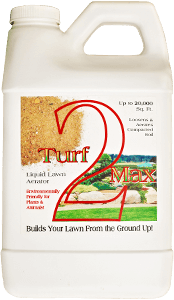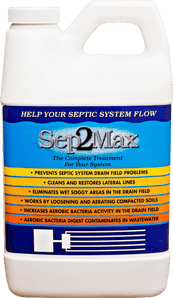The zone of aeration is commonly referred to as the root zone. It is within this critical area where soil aeration (respiration) takes place. Aeration, water and nutrient management within this zone is absolutely critical to ensure healthy plant growth.
Soil Aeration is Essential
Why is soil aeration so important? The root zone must replenish the oxygen content of the soil air and exhaust the accumulation of carbon dioxide. The air that enters the soil from the aboveground atmosphere contains 21 percent oxygen and somewhere near 0.038 percent carbon dioxide. Normal respiration by turf grass and soil microbes depletes oxygen content and increases carbon dioxide. If soil aeration is reduced, a toxic buildup (anoxia) of carbon dioxide could result.
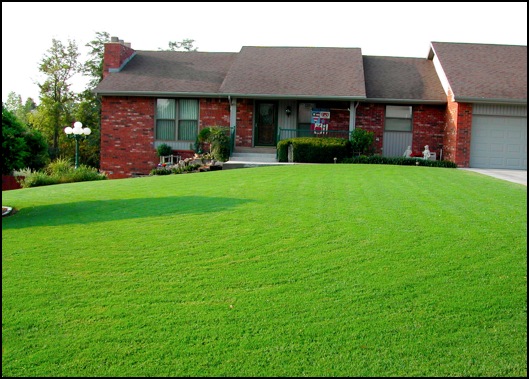
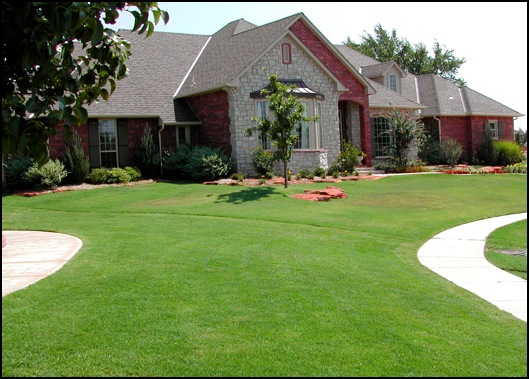
Growing Media for Plants
Horticulturists, turf professionals, farmers, and individuals must consider the soil as the growing media for their plants. Growers go to great efforts and expense to provide optimum root zone conditions. A hard compacted soon a poorly drained site provides a harsh environment for plant growth.
Even though most growers would not consider planting trees, ornamentals, or shrubs on such a site, growers often have no choice but to establish plants in areas where the zone of aeration has been adversely impacted. They are expected to manage the soils and produce fine quality lawns, golf courses, sports fields, and crops.
Ideal Root Zone
The ideal root zone would contain available moisture for 5 to 8 days; yet maintain high infiltration and percolation rates enough so that water would not stand on the surface for more than a few minutes following a heavy rain event. As the root zone deviates from this ideal, water management becomes more difficult.
Water Management in the Root Zone
Traditional methods include installing drains to remove excess water or core aeration which helps get water into a slowly permeable soil by increasing the surface area of the root zone and by breaking up surface crusts. Core aeration, however, provides only temporary improvement in water management and must be repeated when surface crusts and layers re-develop.
Soil aeration is directly affected by the amount of moisture contained within the soil. Soils will reach a point of saturation, which is the level when aeration or the diffusion of air ceases. At this point plant growth is affected and can be detrimental if the soil remains saturated for a period of time. Before Turf2Max was introduced during the spring of 2001, the best option available to improve water management was combining surface drainage by core aeration and by installing subsurface drains.
Case Study: Catoosa High School, Catoosa, OK
The first photo displays the zone of aeration taken from the football field at Catoosa High School in Oklahoma. Note the roots extending about an inch beyond the metal tip of the core sampler. Also take close notice of the aggregated soil.
The second sample was taken about 2 months following a Turf2Max application. The untreated soil was severely compacted to the point that waterlogging would occur after rainstorms.
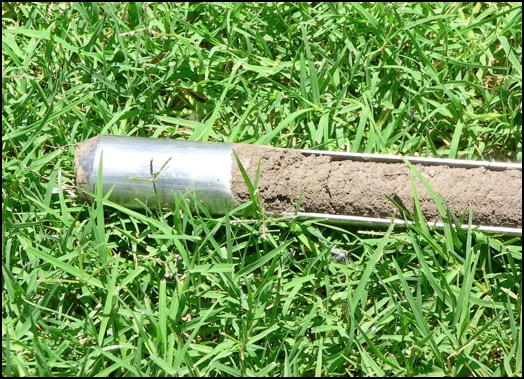
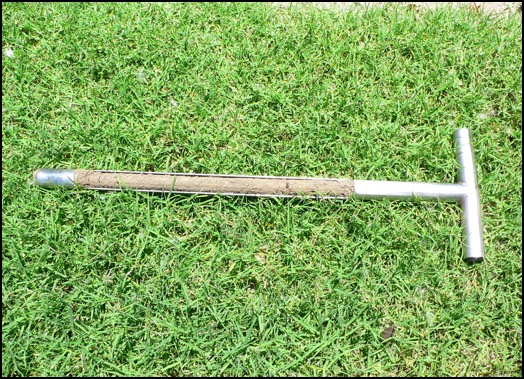
Case Study: Tulsa United Soccer Club, Tulsa, OK
The first image is a plug pulled by a mechanical core aerator, in early December, 2004. Notice the ribbon-like striations characteristic of compacted clay. High bulk density soils smash and form ribbons when moist and dry very hard. No aggregates (clumping) are visible and this sample will not crumble, but rather breaks into large pieces with difficulty. Turf2Max was applied to the area shortly thereafter.
The second image is a 12″ core sample taken from the same area at Tulsa United Soccer Club on April 27, 2005. The change in soil structure is noticeable. The red oxidized dirt is the part where the Turf2Max has done the most work.
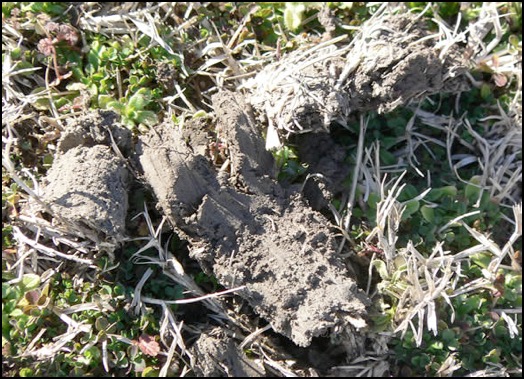
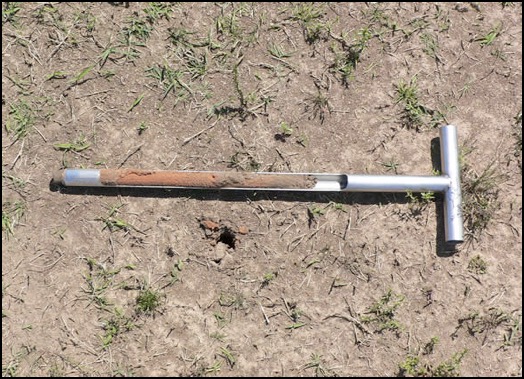
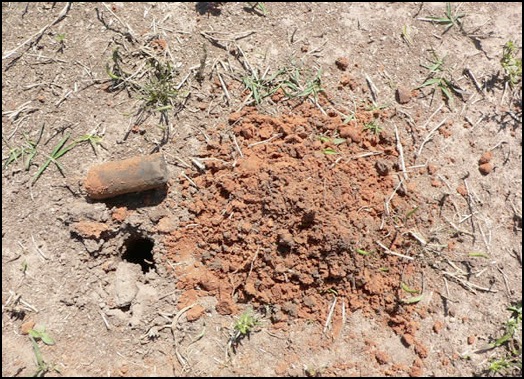
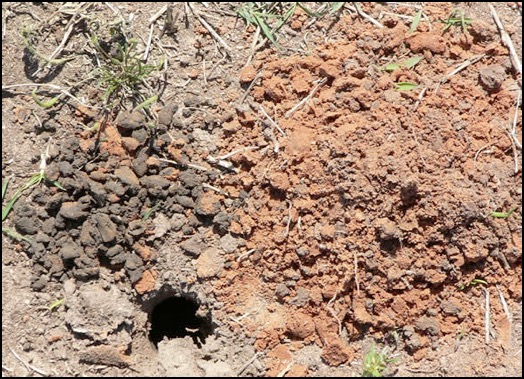
See how easily it crumbles? Notice the very visible aggregates (clumps) which are essential to quality soil and also evidence of good soil aeration. The crumbled red area on the right is fully aerated.
If you look closely, you can see a root protruding from the end of the intact piece on the left. This core sample is 12″ long, so that the root is over 13″ long!
Although the top (red) section crumbles completely, the dark part crumbles partially. This is a prime example of how the polymers in Turf2Max keep working and working – it’s not done with the dark portion yet, but in about 2 months, this dark clay will crumble like the top section did.
At this time, it is partially aerated and still clumps up nicely, but not as completely as the upper red section.
